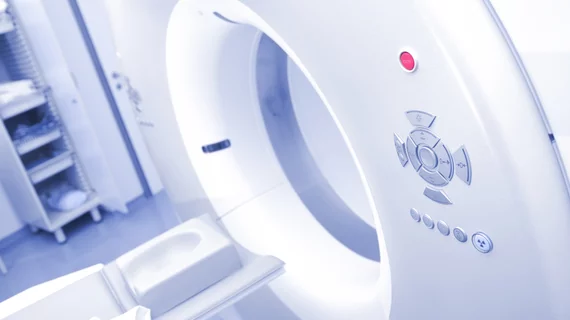High-quality images from MRI may be obtained by utilizing an “elastic” protein structure that can accept the dissolved noble gas xenon in a self-regulating manner and require less contrast medium than current methods.
Using their technique, researchers from the Leibniz Research Institute of Molecular Pharmacology (FMP) in Berlin were able to perform MRI scans with particle concentrations one million times lower than current contrast agents, according to an FMP news release published Nov. 30
“We need new, improved methods in which as few contrast agents as possible affect as much of the signal-emitting substance, which is typically water," study author Leif Schröder, PhD, a researcher at FMP, said in the prepared statement.
To initially develop the xenon-based contrast agent, the researchers used lasers to artificially magnetize the noble gas to help it generate signals.
For the study, the team analyzed a new class of contrast agents—hollow protein structures or “gas vesicles” made by certain bacteria to regulate their hover depth in the water—that can reversibly bind xenon. They found the vesicles could “elastically” adjust their influence on the measured xenon, according to the release.
"The protein structures have a porous wall structure through which the xenon can flow in and out,” Schröder said. “In contrast to conventional contrast agents, the gas vesicles always absorb a fixed proportion of the xenon that is made available in the environment, including larger amounts.”
With a conventional contrast agent, its concentration would have to be adjusted in order to continue to achieve a signal change for all xenon atoms. The gas vesicles, however, automatically filled up with more xenon when it was offered in the area.
“Because much more xenon passes into the vesicles than with conventional contrast media, the xenon atoms can then be read out much better after they have left the vesicle again and show a changed signal. This way, the image contrast is many times higher than the background noise while the quality of the image is significantly improved,” according to the release.
The researchers hope the contrast agents can be used for the visualization of disease markers that occur in relatively low concentrations.
The research was originally published online in the journal ACS Nano.

